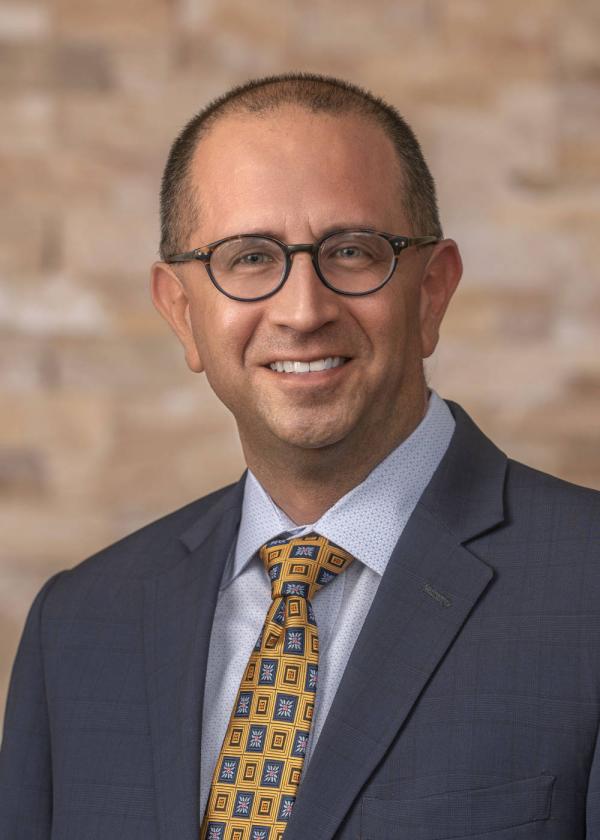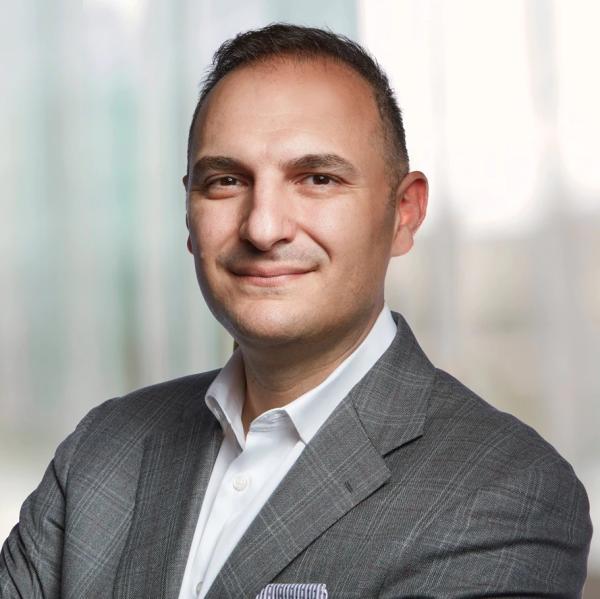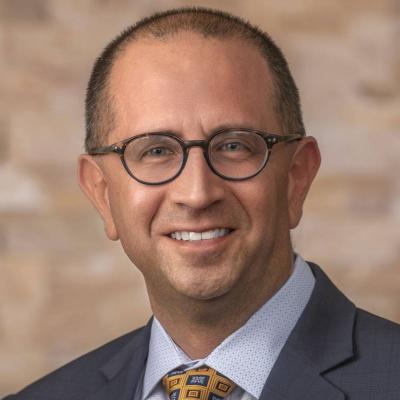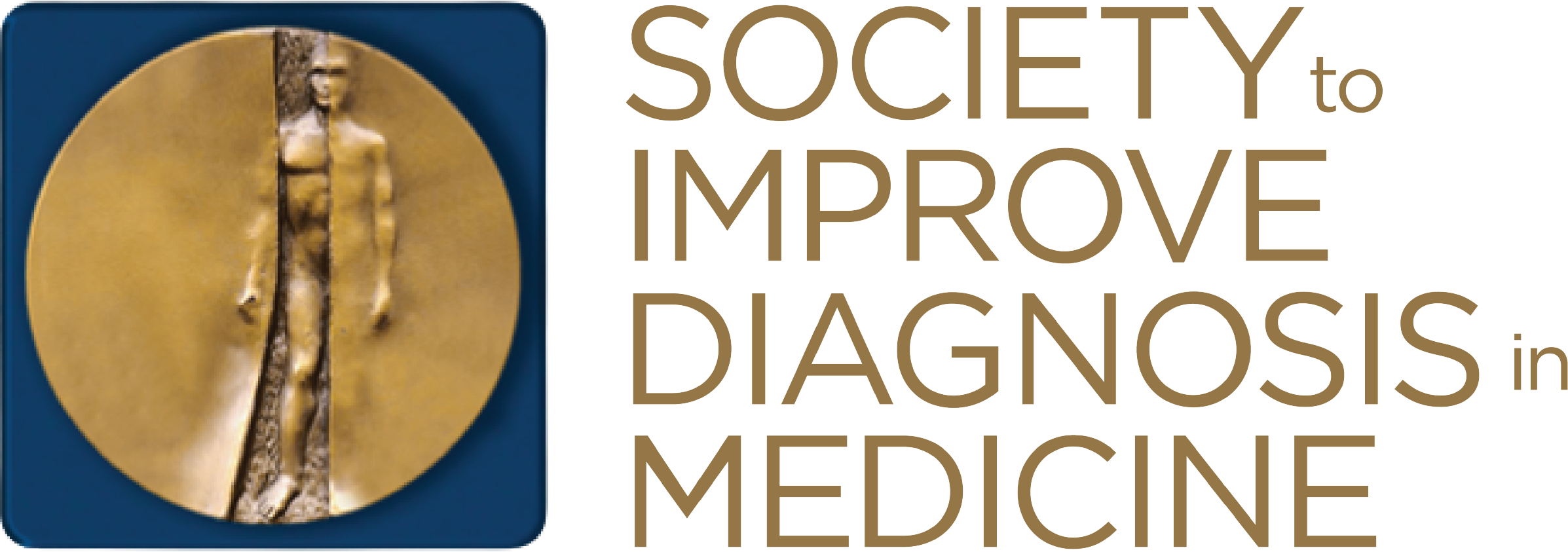Technology is viewed as a key to unlocking the future. Medicine is full of cautionary tales where the promise of technology was not realized. Come and hear about the real-world impact of diagnostic disparities on patient outcomes from a physician trying to use technology to eliminate them. Hear Dr. Hines’ views on the barriers that exist today in using technology and how we may overcome them in the future. Learn from a Digital Health Innovator using technology today to tackle Global Health problems including access to diagnostic resources. Hear Dr. Trister’s opinion on whether current machine learning algorithms are ready for prime time and how healthcare providers will need to adapt to use them effectively.
Learning Objectives
- Define and introduce scope of Skin of Color (SoC) dermatology;
- Describe technologic approaches to improve diagnostic accuracy in dermatology;
- Describe two limitations to the application of artificial intelligence in medicine;
- Describe ways that current healthcare workflows must change to successfully introduce machine learning tools.
- x

Douglas Salvador, MD, MPH
SVP & Chief Quality OfficerBaystate Health, Inc.
Springfield, MADoug Salvador leads the Department of Healthcare Quality at Baystate Health. He collaborates with colleagues throughout the system to promote a learning health system, develop strategy for quality and patient safety, and coordinate health care for the community. Using his training in medicine, engineering, and epidemiology, Dr. Salvador is focused on the redesign of healthcare delivery systems, promoting diagnostic excellence, undergraduate and postgraduate education of quality and safety, and fostering a culture of patient safety.
A graduate of the Johns Hopkins University (Biomedical Engineering) and Johns Hopkins University School of Medicine, Dr. Salvador trained in infectious diseases at the Beth Israel Deaconess Medical Center in Boston. He practiced as a hospital epidemiologist after receiving a Masters in Public Health degree from the Harvard School of Public Health. He is Board President of the Society to Improve Diagnosis in Medicine.
- x

Andrew Trister, MD
Deputy Director, Digital Health and InnovationBill & Melinda Gates Foundation
Seattle, WAAndrew Trister, MD leads digital health as Deputy Director of the Innovative Technology Solutions team at the Bill & Melinda Gates Foundation. He is a physician scientist passionate about leveraging technology to improve health care for all. Andrew believes the combination of multiscale digital data from patients can impact our understanding, prevention, and treatment of disease. He joined the foundation from Apple where he led clinical research and machine learning efforts in health special projects. Prior to Apple, he was the senior physician at Sage Bionetworks where he focused on incentives for researchers and participants to collaborate on large datasets and translating those findings to clinical settings.
Andrew completed residency in radiation oncology at the University of Washington, earned an M.D., Ph.D. in bioengineering, MSE and BSE in computer science, and a B.A. in biological basis of behavior all from the University of Pennsylvania.
- x

Aliya Courtney Hines, MD, PhD
Assistant Professor and Vice Chair for Diversity, Equity and InclusionDepartment of Dermatology
Wayne State University School of MedicineAliya is a dermatologist in Michigan who became interested in disparities in treatment for people of color when speaking with a co-presenter at a conference. The presenter had data showing that people of color were less likely to be treated with immunomodulatory drugs if they had black skin when seeking care for psoriasis. Some discussion led to the conclusion that dermatologists were less comfortable making the diagnosis of psoriasis and committing to a more immunosuppressive treatment pattern because they didn’t recognize the disease in skin of color and were still contemplating alternative diagnoses and treating topically. She became interested in the issue and can speak to this problem and barriers to the use of technology to solve it currently (including lack of photographs to train machine learning algorithms with).




